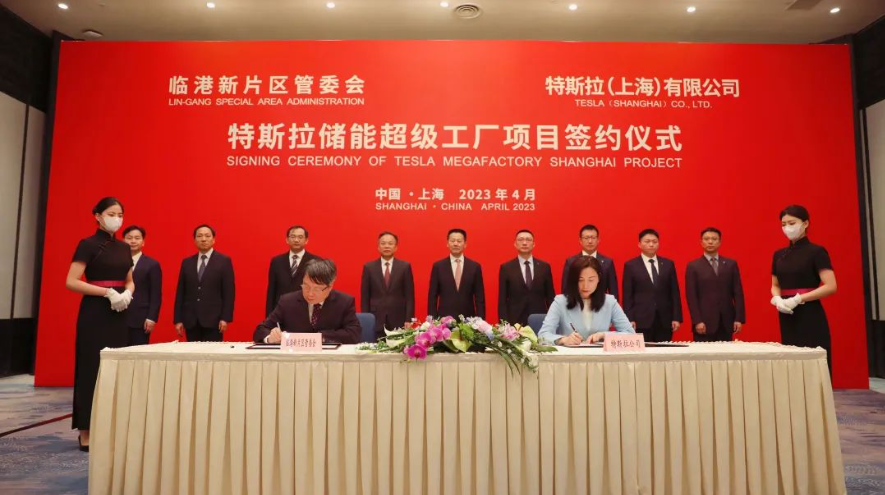Author | Qiu Kaijun
Editor | Qiu Kaijun
Over the past weekend, Tesla grabbed headlines in both China and the US.
In the US, on April 7th local time, Tesla caught attention with a new round of price reductions: $1,000 off for two Model 3 versions; $2,000 off for Model Y, adding a lower entry-level version; $5,000 off for Model S / X. CEO Musk also argued on Twitter, emphasizing the high demand for Tesla electric vehicles, and that “price reduction is the best way to stimulate sales.”
In China, on the afternoon of April 9th, Tesla’s energy storage super factory project settled in the Lingang New Area. Tesla’s Senior Vice President Zhu Xiaotong and Vice President Tao Lin attended the signing ceremony. Foreign media reported that Musk would visit China soon, possibly meeting with Premier Li Keqiang.
As a leading brand of intelligent electric vehicles, China and the US are Tesla’s two most important markets. Although Sino-US trade conflicts have some impact on Tesla, overall, it is favored in both countries.
What more could Tesla want in China?
Another Round of Price Cuts
Tesla has already cut prices in the US five times this year.
People discovered this change through the latest prices for models on Tesla’s official website.
Tesla cut the prices of two Model 3 versions by $1,000, lowered Model Y’s price by $2,000. The more expensive Model S and Model X versions had their prices reduced by $5,000.
Additionally, Tesla launched a new configuration of Model Y in the US, featuring dual-motor all-wheel drive with only 279 miles of range, lowering the price to $49,990, making it the cheapest Model Y.

This car also has a unique feature, it’s the first Model Y equipped with a 4680 + CTC battery pack and Tesla-manufactured battery cells.
Although Tesla claims to follow cost-based pricing principles, it still adjusts prices based on supply and demand fluctuations. There are two direct factors for this round of adjustment.Firstly, prior to the price adjustment, Tesla had just released its first quarter delivery data. In Q1, over 420,000 vehicles were delivered, marking a 36% increase year on year, but only a 4% increase quarter on quarter after price cuts in the United States, China, and other markets stimulated demand.
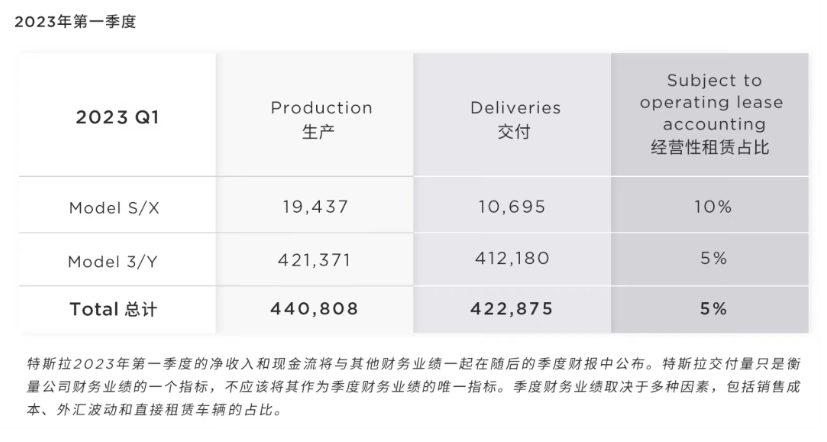
Tesla has set a delivery target of 1.8 million vehicles this year, whereas Tesla sold 1.31 million vehicles last year, requiring a year-on-year increase of over 37%. Musk personally expected sales growth of 50% this year. Judging by market feedback, Tesla may be feeling slightly pressured.
Secondly, according to the US “Inflation Reduction Act,” electric vehicles eligible for tax incentives must meet the rules for battery procurement. After April 18th, the tax incentive for the entry-level Tesla Model 3 will be halved from $7,500. However, other Tesla models will continue to enjoy full tax benefits.
The issue with the entry-level Model 3 is that its battery is sourced from China’s CATL, employing LFP (lithium iron phosphate) technology. This does not comply with the “Inflation Reduction Act’s” requirements for battery localization and procurement of battery materials from the United States or Free Trade partners.
As price cuts could jeopardize Tesla’s profitability, some critics suggest that Tesla could promote sales without needing to reduce prices by using advertising.
However, Musk rebuts on Twitter, stating, “Our products have significant demand, but if the price is higher than what people can afford, then that demand becomes irrelevant.” He also mocks these suggestions, likening them to “the well-fed not understanding the hunger of the starving”: “Many well-off critics fail to recognize that large-scale demand is constrained by affordability.”

Will China follow suit on price cuts?
At the beginning of the year, Tesla initiated a round of shocking global price cuts, which included China, and its impact continues to linger.Tesla’s recent price cut in the United States has naturally led people to wonder whether there will be a price reduction in China. Currently, there is no information regarding price adjustments from Tesla. However, the market is filled with expectations for Tesla’s price reduction. This is due to its continuous efforts in cost reduction and the possible launch of a more affordable model in 2024.
According to Tesla’s recently released Master Plan Part 3 report, this affordable vehicle will be equipped with lithium iron phosphate batteries with a capacity of 53 kWh. Tesla boldly estimates that they can sell 42 million units per year, with a total of 700 million cars in operation.
Previously, several Tesla executives stated that this car would be half the price of the Model 3. It is expected to enter mass production in 2024 at Tesla’s Mexico factory. There are also rumors that Tesla’s Shanghai factory has already begun testing this model.
However, Electric Vehicle Observer believes that it is unlikely that China will follow suit in this round of price reduction in the United States. Firstly, the price adjustment in the US has resulted from changes in tax incentives. Secondly, Tesla’s affordable model won’t be available for sale until 2024, so it will not affect the sales of existing products for now.
Shanghai, China’s Darling
Tesla’s business in China has also made new progress, this time in the energy storage sector.
According to an April 9th report by the Public Investment Promotion Service Center of the Lingang New Area, Tesla’s energy storage megafactory project has settled in the Lingang New Area. A signing ceremony was held between Lingang and Tesla.
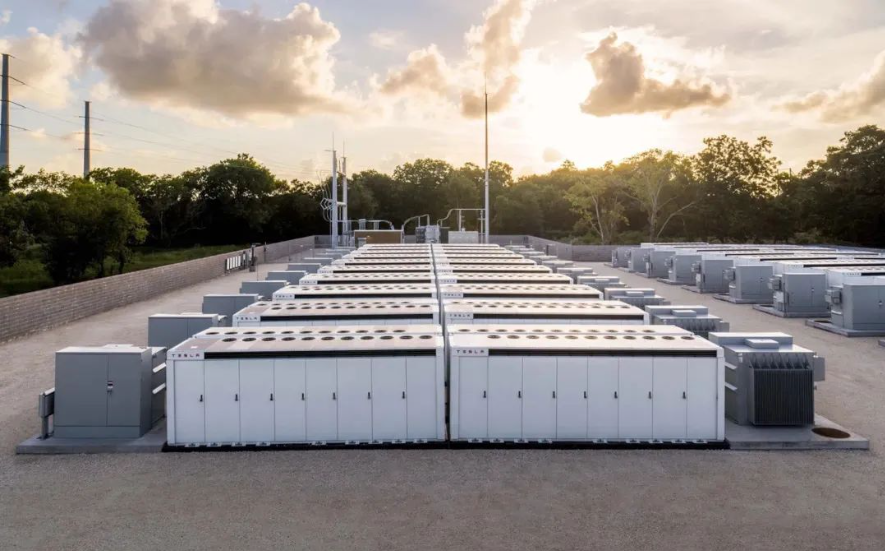
The energy storage megafactory plans to produce Tesla’s Megapack commercial energy storage batteries. In the initial planning stage, the annual production of commercial energy storage batteries can reach 10,000 units, with nearly 40 GWh of storage capacity. The products will cover the global market. The Tesla energy storage megafactory project is scheduled to begin construction in the third quarter of 2023 and start production in the second quarter of 2024.
Zhu Xiaotong, recently promoted to Senior Vice President of Tesla, also appeared at the signing ceremony.
However, international media reports did not materialize, and Musk has not yet made a public appearance.
Nonetheless, it is not impossible for Musk to visit China and seek a meeting with Chinese Premier Li Keqiang. Li, a former Shanghai Municipal Party Secretary, has met with Musk several times in the past and they can be considered “old friends.”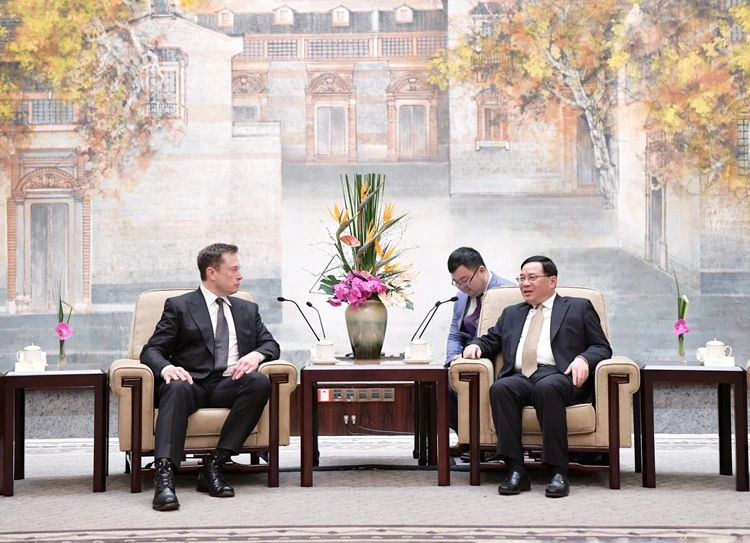
Tesla has made a massive investment in China. Besides the US, China is the company’s second-largest market, with its Shanghai factory serving as the largest production hub for the electric vehicle manufacturer.
Currently, Tesla’s new focus is not on the expansion of the electric vehicle market or production capacity, but on the release of its trump card – FSD.
Tesla’s FSD (Full Self-Driving) feature has already been widely deployed in the United States and has begun rolling out in Canada and Europe. However, FSD has yet to be made available in real-time in China. There have been rumors that Tesla is about to start large-scale testing of FSD domestically, but due to the possible requirement for real-time mapping and surveying, the feature is expected to need approval from the relevant authorities.
In contrast to global markets, Tesla faces fierce competition in China despite its popularity. In aspects such as electric drive components, exterior design, interior features, and cabin functionality, Tesla no longer holds a significant edge. FSD has become Tesla’s last remaining trump card. The company has a strong desire to implement it in China to regain a competitive advantage over local rivals.
Regarding potential price reductions and Musk’s possible visit to China, Electric Vehicle Watchdog inquired with Tesla insiders, who stated that no confirmed information was available for release.
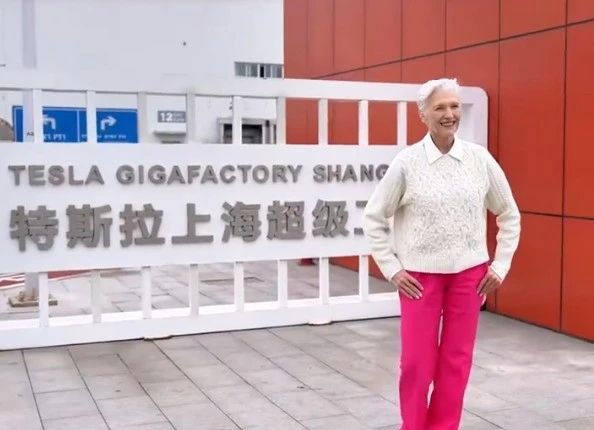
Interestingly, Musk’s mother, Maye Musk, has been traveling in China recently and visited the Shanghai factory, seemingly as a precursor to her son’s arrival.
This article is a translation by ChatGPT of a Chinese report from 42HOW. If you have any questions about it, please email bd@42how.com.
